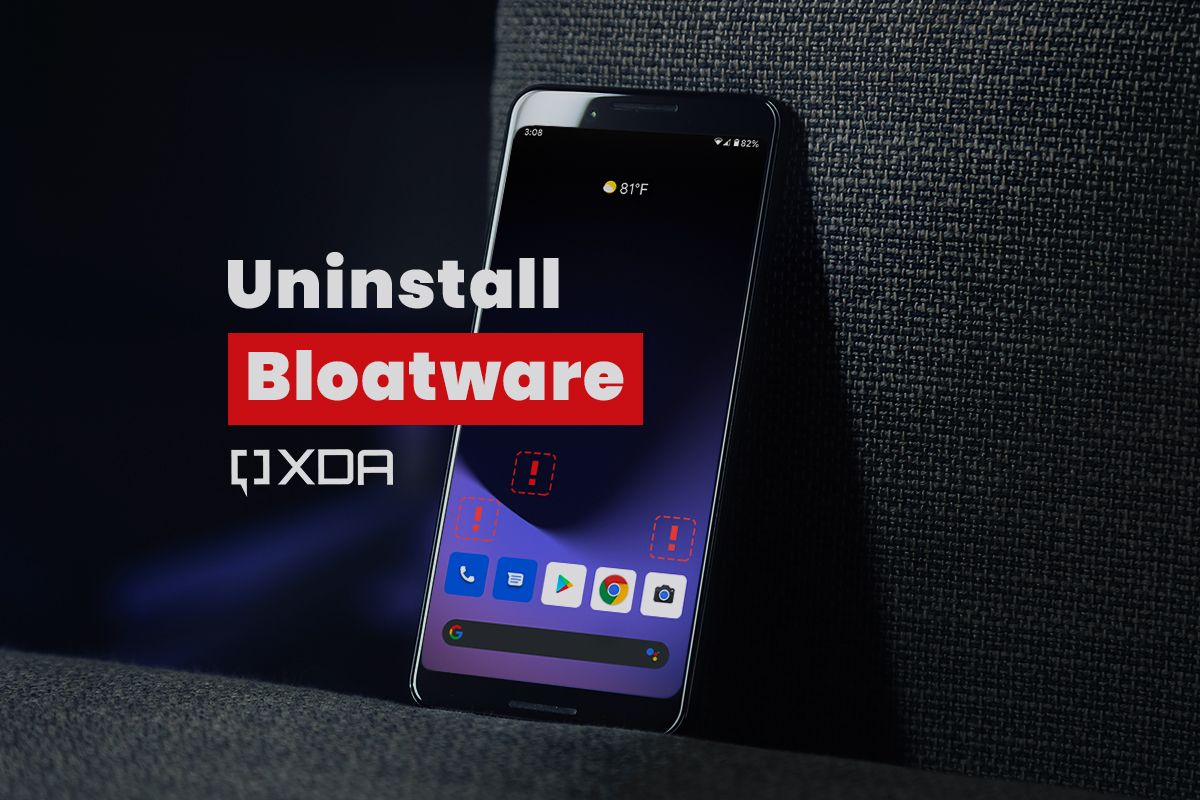Wax Bean Tycoon
Member
I have a Motorola Moto e6 XT2005DL phone running Android 9 (I guess a dinosaur at this point), but it is great for my use, and I don't feel the need to buy a new phone every other year.
I installed a micro SD card with plenty of storage space and designated it as internal storage (so the apps will be installed on the SD card etc.) No need to worry about storage space forever! (I don't store large amounts of data, pics, videos, documents on the phone anyway)
however, I just had a little icon pop up telling me that I'm running out of internal storage (might have said internal shared storage) and that some apps might not run right etc. When I looked up online what to do about it, the 1st suggestion was to start deleting apps that I don't need, however if those apps are installed on the micro SD card what's the point? I have 97.22 GB of free storage left.
Much of the confusion is internal storage vs internal shared storage. My phone tells me that internal storage is 96 GB free, so what should I do, if anything, to free up internal shared storage?
Should I just ignore the warning? When I click on the settings/storage/internal shared storage/ I scroll down to "other apps", and it takes me to Apps Storage. I started selecting apps, 1 by 1, and clearing cache, but it didn't really do anything to free up internal shared storage. I don't know what I'm talking about..... hence I'm here asking 😏
Thanks

I installed a micro SD card with plenty of storage space and designated it as internal storage (so the apps will be installed on the SD card etc.) No need to worry about storage space forever! (I don't store large amounts of data, pics, videos, documents on the phone anyway)
however, I just had a little icon pop up telling me that I'm running out of internal storage (might have said internal shared storage) and that some apps might not run right etc. When I looked up online what to do about it, the 1st suggestion was to start deleting apps that I don't need, however if those apps are installed on the micro SD card what's the point? I have 97.22 GB of free storage left.
Much of the confusion is internal storage vs internal shared storage. My phone tells me that internal storage is 96 GB free, so what should I do, if anything, to free up internal shared storage?
Should I just ignore the warning? When I click on the settings/storage/internal shared storage/ I scroll down to "other apps", and it takes me to Apps Storage. I started selecting apps, 1 by 1, and clearing cache, but it didn't really do anything to free up internal shared storage. I don't know what I'm talking about..... hence I'm here asking 😏
Thanks
Last edited:

